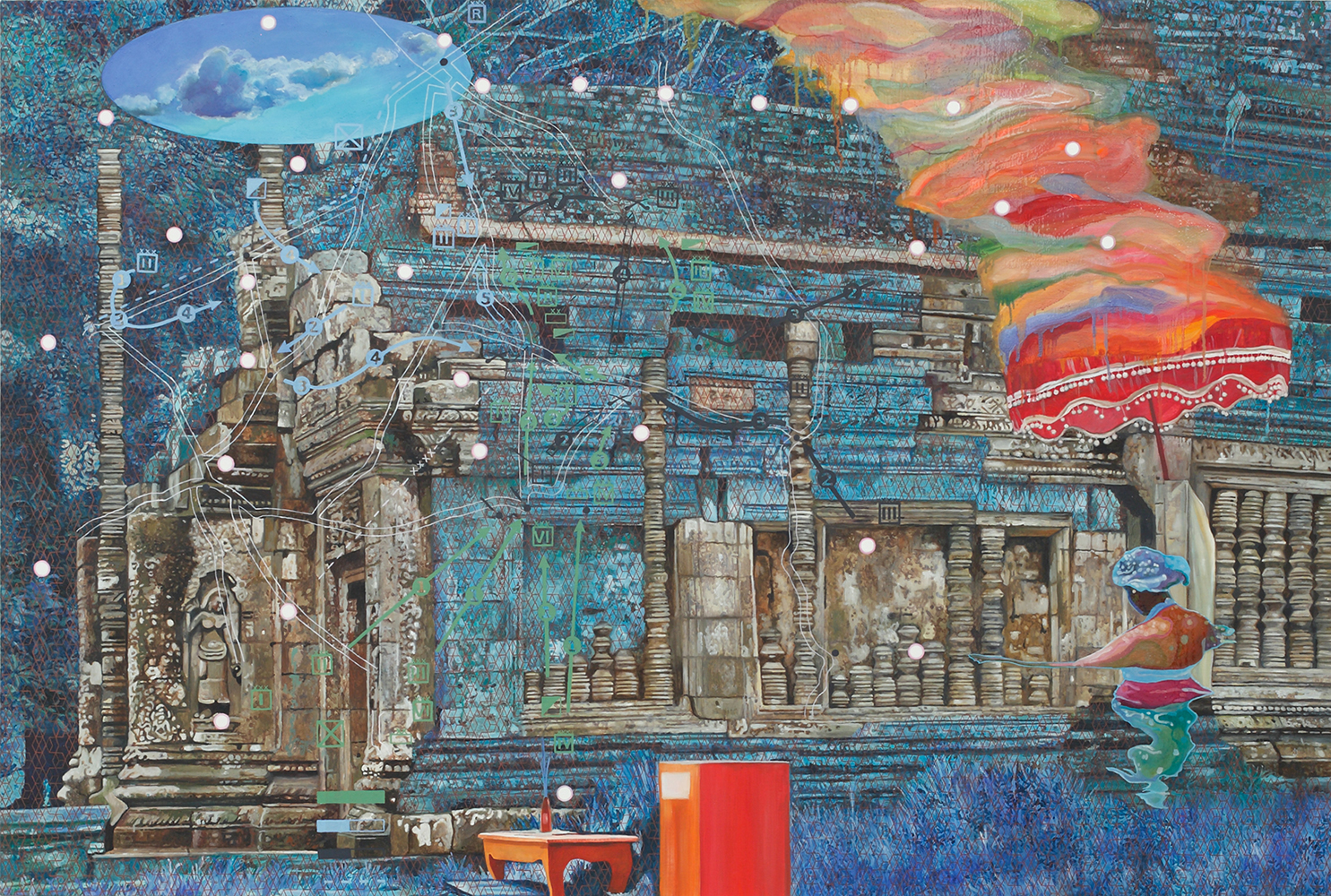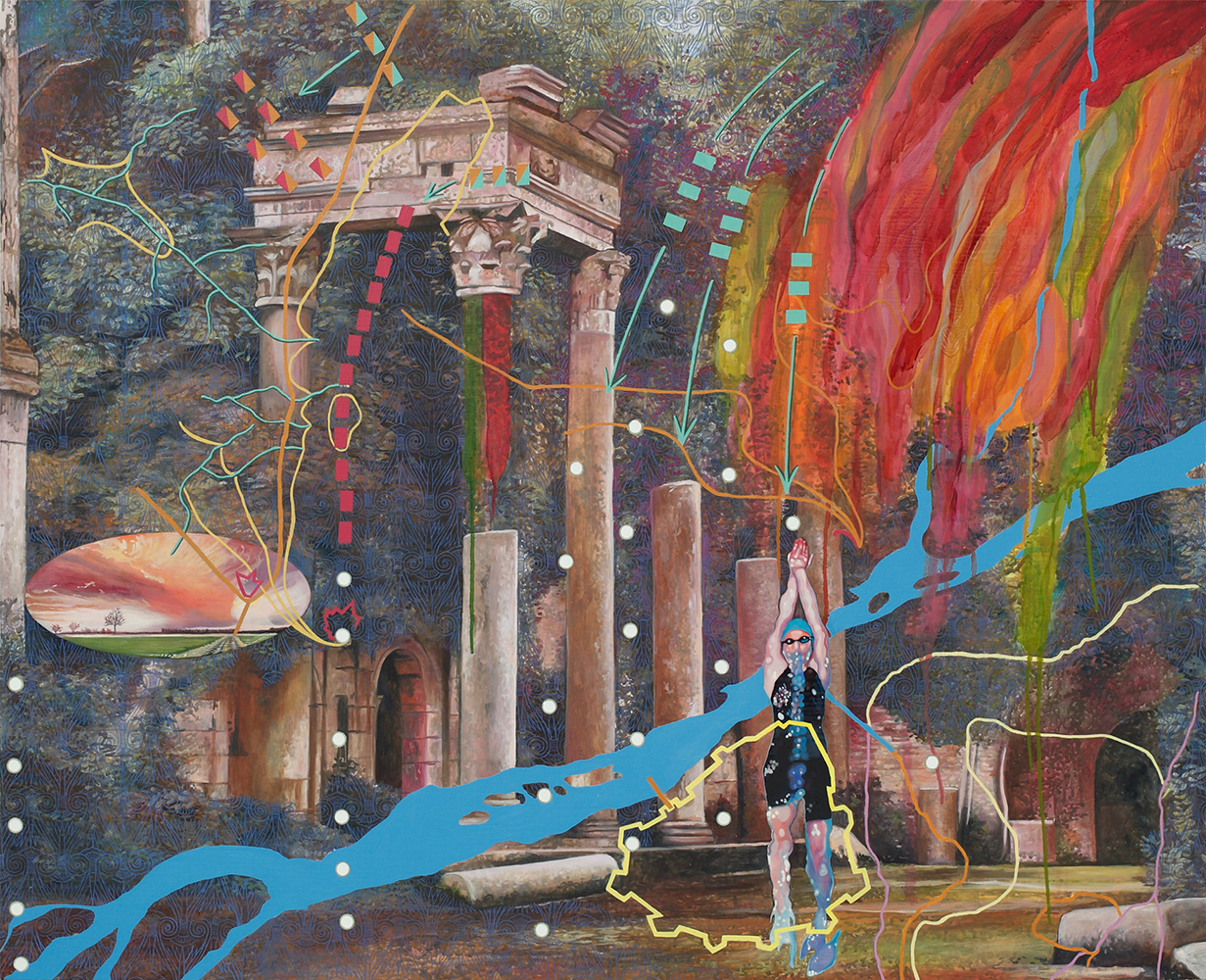MELISSA FURNESS
Artist Statement
There is a fascinating paradox that occurs when confronted with ruins. Our thinking must split into two paths–one that leads us backward in time and another that travels forward, but these paths must be wandered upon simultaneously. The result may then be the creation of a complex alternative present.
We travel, perhaps great distances, to view the fragmented structures of past wonders, searching out a sense of our own identity in relation to time, recalling some Romantic notion of picturesque decline. We work to reconnect ourselves with nature, the earth. At the same time, we must reinvent these fragments that stand physically before us, searching out an imagined past which leads us into an invented future. Ruins point us toward a distorted world in which even what is now new will outlive us in some form of odd decay for other generations to translate.
It is these “translations” and reinterpretations of the artifact that my current work explores. These fragments are leftovers of a more public history, which we then make personal through our own experience. The work begins with the illusion of site, which builds on itself in various ways. The individual viewer works to piece together fragments of his or her own memories in an attempt to fully imagine oneself within the piece. The result is perhaps one of failure of recall; therefore the imagination must take over and reshape this space into something other than what memory alone can draw up.
When we travel, there are always the little tourist items that we purchase to try and jog this memory—the postcard, the snow globe, a map—which are artifacts as well. They are personal fragments, similar to the way that ruins and artifacts are public fragments. These elements add to our distortion of site, memory and time, as we go from what we know of a place, to visiting the reality of that place, the memory of our experience, and the invented fantasy stemming from these idealized fragments and into the future.
There is also a paradox in our sense of identity. Our thoughts may be unique, but our actions move forever in this continuous loop of life, going through the same activities each day in order to continue on. This is much like the actions that we take in water, moving our arms and legs in the same repetitive motion whether we are staying still or moving. It is the action that we perform over and over again in order to keep our heads above the surface and to continue breathing. This continuous cycling and repetition is also depicted within the work through process.
The complex layering of these vast spaces forms a suggested narrative of the individual struggle with the realization of having survived the collapse of past and future dreams. The ruin is a site from which life has departed, but the sense of its former occupation it remains. There is a fullness that can be felt as we find ourselves in a constantly transforming continuum that is experienced in the present.
www.melissafurness.com
CV










